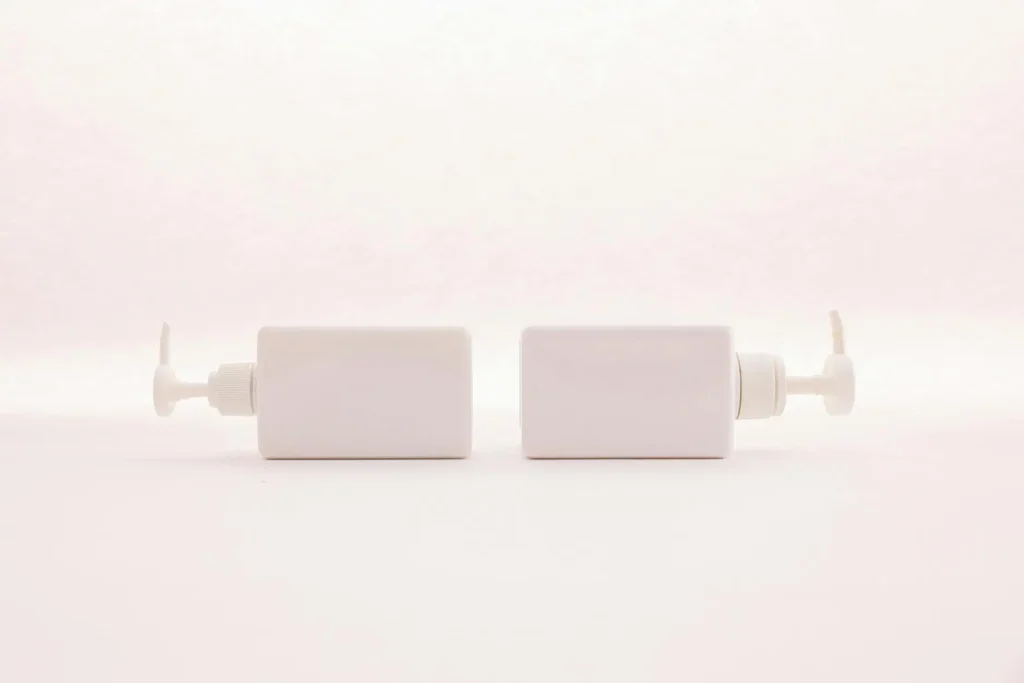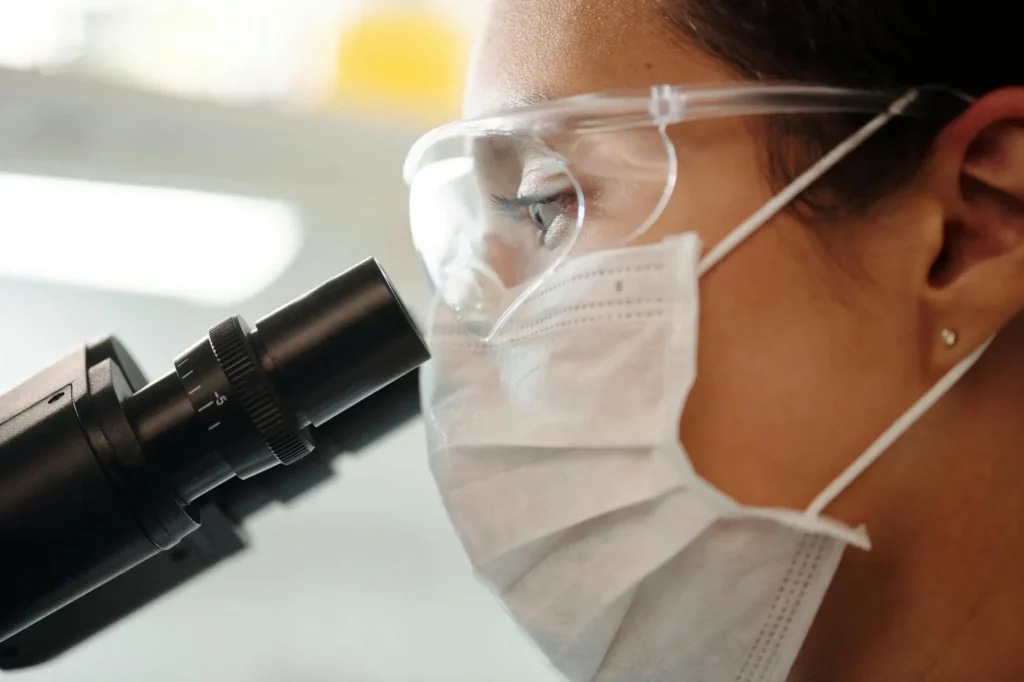In this article, we will provide crucial information before starting to take cranberries as a preventive measure against recurrent UTI and discuss the latest review of clinical studies published in 2023 on cranberry consumption.
Cranberries for urinary tract infection
Urinary tract infections, especially cystitis, are very common, particularly in women, and are usually caused by E. coli bacteria in 70-80% of cases. Typical symptoms of cystitis include pain or burning during urination, frequent and urgent need to urinate, and a feeling of pressure or pain in the lower abdomen above the pubic bone. In addition, there may be blood in the urine, either visible or detectable on urinalysis, low back pain and low-grade fever (body temperature no higher than 38°C).
The usual treatment for cystitis involves the use of antibiotics, which slow its progression and prevent the development of a more severe infection with more intense symptoms. However, due to the increase in bacterial resistance and the interest of some people to address infections in a non-drug way, cranberries have gained popularity as a potential ally in the management of this condition.
Is cranberry consumption effective for UTI?
Everything seems to indicate that it is. The latest review of clinical studies, carried out in 2023 by the Cochrane organization 1, supports this statement. The review analyzed 50 clinical studies with a total of 8,857 participants. The results support the consumption of cranberry products to reduce the risk of symptomatic, culture-confirmed urinary tract infections in women with recurrent urinary tract infections as well as in children and people susceptible to urinary tract infections after interventions.
What should I consider before I start taking cranberries to prevent a UTI?
If you suffer from recurrent cystitis and are considering cranberry consumption as a preventive measure against new infections, it is important to consider the appropriate cranberry species, the recommended amount and the most effective form of administration.
Always choose American cranberries
The only cranberry species that has been shown to be effective in preventing recurrent cystitis is the American cranberry, of the species Vaccinium macrocarpon. This is due to the presence of a substance called proanthocyanidin, especially those of type A, which are found in abundance in this fruit and have antibacterial properties.
In this other article of our blog, we explain what type A proanthocyanidins are and how they act to protect against urinary tract infections.
Opt for capsules or tablets
Unlike common or blueberries, cranberries have a low fructose content, which gives them a bitter taste. In addition, they contain several organic acids that give them a sour taste, with a very acidic pH between 2.4 and 2.9 2. For this reason, they are usually consumed in the form of juice to which sugar or sweeteners are added to facilitate ingestion, in addition to the necessary preservatives as it is a liquid form.
However, in the latest Cochrane 1 review, a high dropout rate was observed among participants who consumed juice, due to the difficulty of complying with their daily consumption. Cranberry juice has an intense and acidic taste, which can generate unfavorable symptoms in people with gastrointestinal problems, such as gastroesophageal reflux. Therefore, it is recommended to take dried cranberry extract in the form of capsules or tablets, as they offer ease of administration and lack unwanted symptoms. This form of consumption is more practical and convenient for those who wish to benefit from cranberries without facing taste problems or possible adverse effects on the digestive system.
The importance of choosing standardized extracts
Whether you have chosen juice, capsules or tablets, it is very important to know their content in proanthocyanidins, the active compound responsible for cranberry’s antibacterial property.
Standardized extracts are those in which the minimum content of a certain active compound, such as proanthocyanidins in the case of cranberries, has been determined through an analytical method. This means that each dose of the extract will contain a reliable minimum amount of this active compound. In contrast, non-standardized products can vary in their content of active compounds, making it difficult to establish an accurate dose and obtain consistent results.
Opting for standardized extracts gives you greater confidence in the quality and effectiveness of the product, as quality and control criteria have been established to ensure the desired concentration of proanthocyanidins in each dose.
Learn how much you should take per day
The latest Cochrane review could not yet establish the optimal daily dose based on the set of clinical studies analyzed due to the different forms of administration and variability in the amount of proanthocyanidins. However, the analysis of the clinical studies that used only capsules or tablets with standardized extracts suggests the need for a minimum daily intake of 36 to 72 mg of proanthocyanidins for the prevention of urinary tract infections.
Therefore, when buying your cranberry tablets or capsules to prevent recurrent cystitis, choose brands that provide a daily dose of proanthocyanidins greater than 72 mg, as is the case with Nutribiolite’s Uritractin. This dietary supplement provides 125 mg of proanthocyanidins from American cranberries(Vaccinium macrocarpon) per daily dose, in a single, very small, easy-to-swallow capsule. In addition, Uritractin contains 55 mg of standardized extract of hibiscus flowers(Hibiscus sabdariffa), a natural source of active polyphenols that has begun to be more frequently investigated in clinical studies due to its antimicrobial properties.
With Uritractin, you can take advantage of the properties of these two plants in a single, very small, easy-to-treat capsule, without the inconvenience of consuming an equivalent amount of cranberry juice and hibiscus tea daily.
- Williams, G., et al., Cranberries for preventing urinary tract infections. Cochrane Database of Systematic Reviews, 2023(4).
- Lu, Y., et al., Physico-chemical parameters and proanthocyanidin profiles of cranberries cultivated in New Zealand. Journal of Food Composition and Analysis, 2017. 63: p. 1-7.



















